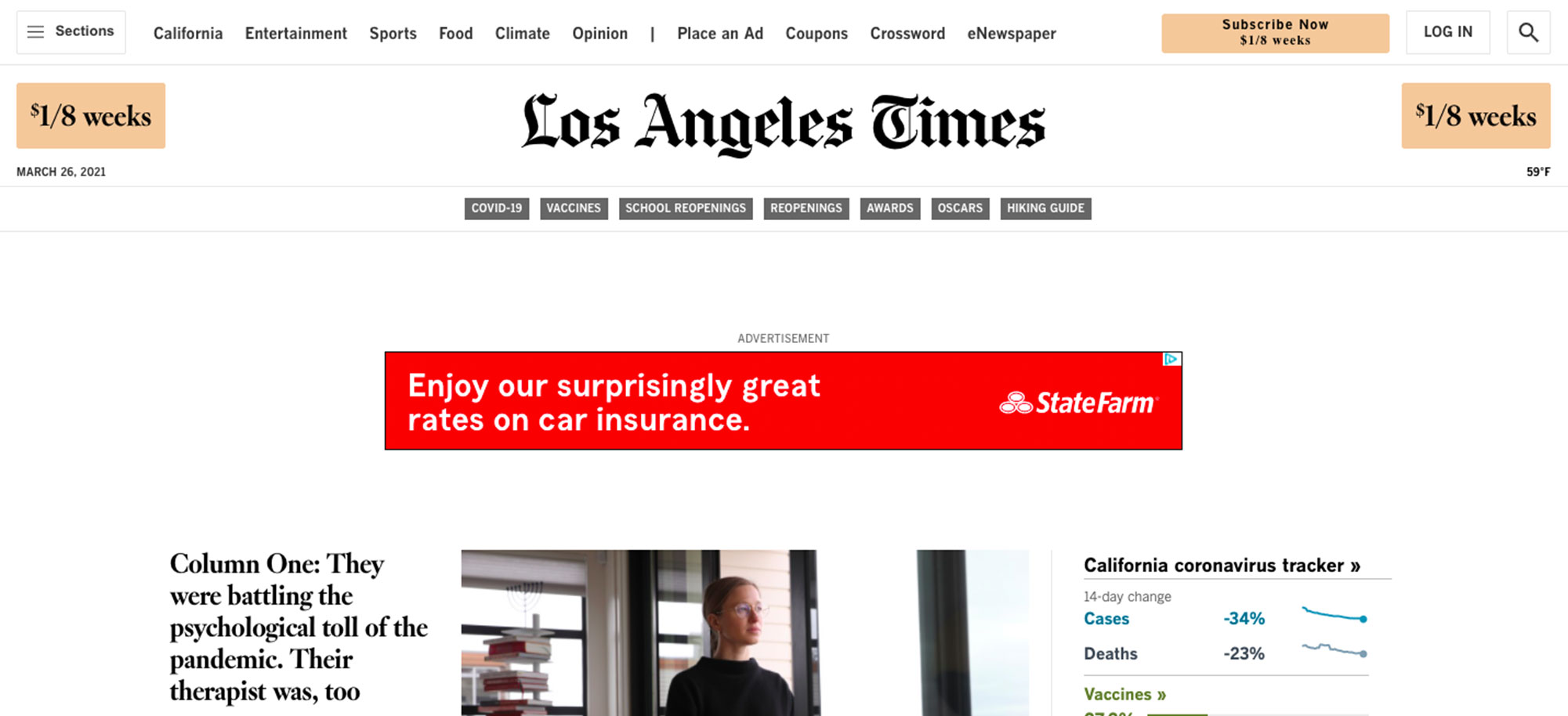What Are Display Ads? Display Advertising for Beginners

Display ads are the image, text, video ads that appear on websites. Websites publish millions of web pages every single day hoping more users come to their websites. In modern society, everyone on the Internet works hard to make unique and valuable content to stand out from others, so that they can get more attention from users. But why do they work hard to reach more users? The answer depends; some people want to increase traffic for raising brand recognition, others want to earn more revenues from advertisers by showing display ads on their websites.
Table of Contents
What Are Display Ads?

Display ads are text-based, image, or video advertising showing on websites, apps, or social media sites. The purpose of display ads is to encourage users to click the banner and make a specific action the advertisers wish.
One example of a text-based display ad.

One example of an image-based display ad.

Why Display Ads?

Display ads are effective. Regardless of the size of the company, display ads are useful for driving traffic and revenues. For larger brands such as Best Buy and Walmart which are both well-known brands, display ads can increase revenue beyond the traffic through the ads. Some people may think that those large brands don’t have to display ads because they already rank on the tip of the search engine result page for their keywords. However, they should still show their ads. Otherwise, other competitors might steal their possible customers. How much they expose on the search engine matters to their sales.
How Display Ads Work?
Organizing ads on each site is backbreaking work. Although this method is valid today, a lot of advertisers usually join Google display network.
Display Network
Google display network work as a mediator for advertisers and publishers.
- Consists of online publishers who are under contract with Google display network.
- Google display network collects payments from advertisers and pays a portion of the advertising revenues to the publishers.
- Google display network shows how the ads perform to advertisers
Publishers
- Online publishers can join Google display network by signing up.
- Publishers first tell the network what kind of content they have on their websites.
- Publishers can get some portion of the revenue the network earns from advertisers.
Advertisers
- Advertisers create and upload ads under the regulation Google ad network set.
- Advertisers decide what kind of websites they want to run their ads.
- Google ad network will notice advertisers which website displayed their ads.
- Advertisers generate traffic to their websites from the display ads.
Payment: CPC, CPM, CPA

Advertisers can pay CPC, CPM or CPA for their display ads.
Keyword: CPC
CPC stands for cost-per-click. The amount an advertiser pays for each click users make on your display ads.
Keyword: CPM
CPM stands for cost-per-mile or cost-per-thousand impression. An advertiser pays $1.00 for every 1,000 impressions of the ad if the publisher charges $1.00 CPM.
Keyword: CPA
CPA stands for cost-per-action. Advertisers get charged only when their ads result in conversions.
Display ads CPC bidding works the same way as CPC bidding for search ads. To use CPA bidding for your display ads, a website has to organize conversion tracking in the website analytic tool.
Advertisers usually want to show their ads in the same spot. Because the popular spot is very competitive, the ad network needs to determine which ad has the most profitable. The network compares CTR (click-through-rates) of advertisers. The formula for CTR is following: (Total Clicks on Ad) / (Total Impressions) = CTR (Click Through Rate).


.jpg)
.jpg)
.jpg)


